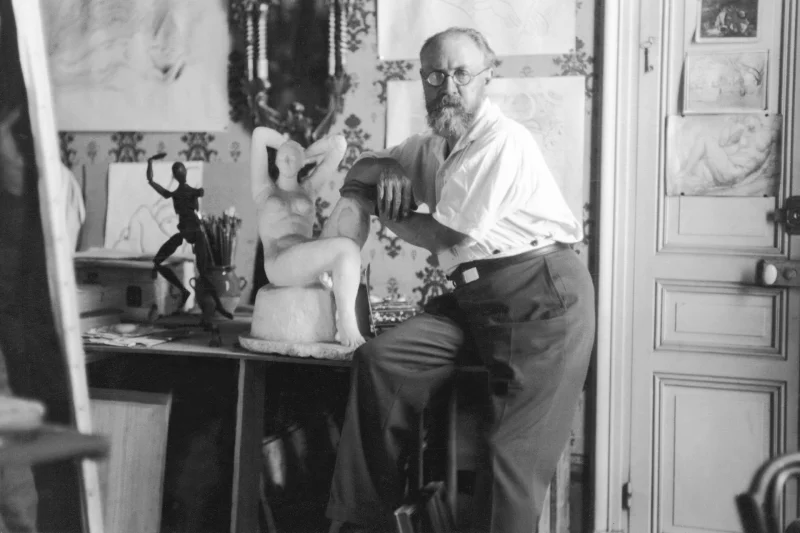Short Summary
Henri Matisse was a prominent French artist, known for his use of color and his fluid and original draughtsmanship. He was a leading figure in modern art and is often associated with the Fauvism movement. His work significantly influenced the development of modern visual arts, and he is celebrated for his innovative contributions to painting, sculpture, and collage.
Early Life & Education
Henri Matisse was born on December 31, 1869, in Le Cateau-Cambrésis, France. He grew up in a middle-class family, and his father was a grain merchant. Initially, Matisse studied law and worked as a court administrator, but his passion for art emerged during an appendicitis recovery period when his mother brought him art supplies. In 1891, he moved to Paris to study art at the Académie Julian and later at the École des Beaux-Arts under the tutelage of Gustave Moreau, who profoundly influenced his early development as an artist.
Career Highlights
Matisse's career took a decisive turn in the early 1900s when he became a leader of the Fauvism movement, characterized by bold colors and dramatic brushwork. His work "Woman with a Hat" at the 1905 Salon d'Automne was a pivotal moment, marking the emergence of Fauvism. Throughout his career, Matisse experimented with various media, including sculpture and printmaking, and developed his signature style of simplified forms and vibrant color fields. His later years were marked by the creation of his famous paper cut-outs, a testament to his continued innovation and adaptability.
Major Achievements
- Leader of the Fauvism movement, which revolutionized the use of color in art.
- Exhibited "Woman with a Hat" in 1905, a work that challenged traditional art norms.
- Created the Chapel of the Rosary in Vence, a masterpiece of religious art and design.
- Pioneered the use of cut-out technique, producing iconic works such as "The Snail."
- Published "Jazz" in 1947, a book of prints that showcased his cut-out technique.
Famous Quotes
- "Creativity takes courage."
- "What I dream of is an art of balance, of purity and serenity."
- "There are always flowers for those who want to see them."
Interesting Facts
- Matisse initially set out to become a lawyer before pursuing art.
- He was an accomplished violinist and often drew inspiration from music.
- During World War II, he remained in France, despite the dangers of the Nazi occupation.
- His cut-out technique began when he was confined to a wheelchair due to illness.
- The Museum of Modern Art in New York hosted a major retrospective of his work in 1992.
Legacy / Influence
Matisse's impact on modern art is profound, as he redefined the use of color and form, influencing generations of artists. His work paved the way for later art movements such as Abstract Expressionism and Minimalism. The simplicity and vibrancy of his compositions continue to inspire contemporary artists, and his contributions to art education and theory remain significant.
FAQ
Q: Why is Henri Matisse famous?
A: He is famous for his revolutionary use of color and his role as a leader of the Fauvism movement.
Q: What is Fauvism?
A: Fauvism is an art movement characterized by bold, vibrant colors and simplified forms, emphasizing painterly qualities over representational accuracy.
Q: Did Matisse only paint?
A: No, he also worked in sculpture, printmaking, and pioneered a cut-out technique later in his career.
Q: Where can I see Matisse's work?
A: His works are exhibited in major museums worldwide, including the Museum of Modern Art in New York and the Centre Pompidou in Paris.











